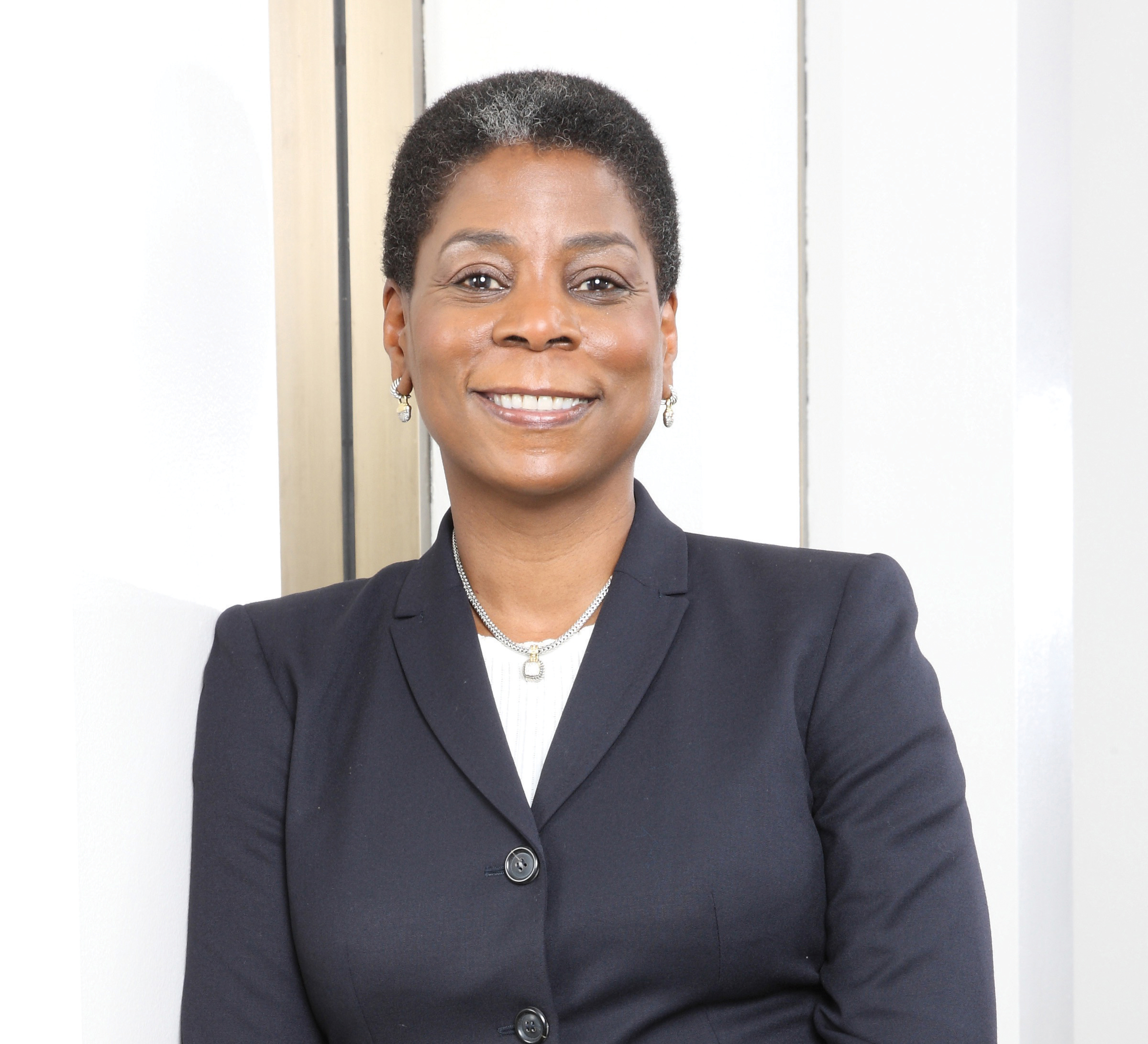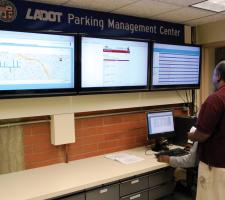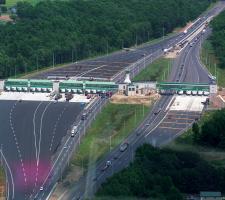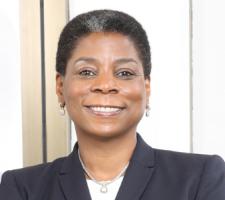
Xerox Chairman and CEO Ursula Burns gave the keynote address at the opening plenary of ITS America’s 2012 Annual Meeting in May. She talked to ITS International about the acquisition of ACS, its rebranding and the importance of the transportation sector to Xerox
Q1:For the past few years, we’ve been seeking to add value to our technology business and to create entirely new revenue streams. That strategy took a major leap forward when we purchased
More than half of our revenue now comes from services, including government and transportation offerings. We operate in a market valued at over $600Bn. The total market for services work is in the hundreds of billions of dollars.
I don’t need to remind the transportation industry that governments are under tremendous cost constraints, yet
As chief executive officer of Xerox Ursula Burns led the company’s $6.4Bn purchase of ACS. Now also chairman of the company, Burns heads an organisation of 140,000 people serving clients in more than 160 countries. She is also a board director of the
Q2: What does the Xerox brand bring to this; how has the acquisition strengthened the outsourced services that Xerox now provides?
Xerox is one of the most recognisable brand names in the world. ACS was this big company with a quiet presence. After the acquisition, we turned up the volume and increasingly see the value of going to market as one Xerox, one voice, demonstrating to clients that our services offer value. We decided to retire the ACS brand name in January to make it simpler for our clients to refer to us and to understand what we can do for their business.
Q3: What has ACS brought to Xerox: how has the acquisition strengthened Xerox?
Acquisition of ACS has expanded our ability to help customers focus on their real business. We continue to be a world leader in document technology and services. We’re proud of our heritage. But now we are so much more. In the US, if you drive on toll roads or use municipal parking, we probably handle the transaction. If you apply for a mortgage, book a flight or pay a credit card bill, we probably made it possible through our back-office outsourcing services. The point I am making is that the new Xerox is in places you wouldn’t expect to see us, doing things you probably didn’t know we could. A lot of companies talk about about transformation. We made a strategic investment in the transformation of our business by acquiring ACS.
Q4: Where/how does Xerox see the main thrust of its role now?
At Xerox, engineers and scientists are applying their skills to improve transportation. This may not sound like a big deal until you think about it in context of how Bill Keller of the New York Times started his March 4th column:
“If you live in New York, commute to New York, or occasionally visit what Russell Shorto called the island at the centre of the world, you have experienced the indignity of our city’s transportation hell.”
Government officials around the world are concerned about not only the current day “transportation hell” as Keller describes but additional evils that lurk in the future. Think about where these numbers are headed:
• In 2010, congestion caused urban Americans to travel 4.8 billion hours more and to purchase an extra 1.9 billion gallons of fuel at a cost of $101Bn.
• A new study estimates public health costs of traffic congestion in the U.S. annually:
• 6,000,000+ auto accidents
• 2.9 million people injured
• 40,000+ people killed
Xerox is helping governments address problems around transportation by exploring how video technologies can help. For instance, ability to rapidly scroll through videos to search for suspect cars would help law enforcement tremendously. Through our advanced imaging and data analytics – what we call, ‘mining context from content’ – we’re able to find meaning in the vast amount of information that is collected each day, whether it’s on paper, computers, video, in the cloud or on the Web. This applies to areas like demand-based pricing for parking, improved speed detection and more effective management of high occupancy lanes and tolling.
Q5: How much of Xerox’ business is now in transportation? Is this growing?
Our services business is growing by double digits, and transportation solutions make up 8% of our total revenue in areas that include toll collection, fare payment and parking and traffic management.
In Philadelphia, Xerox is working with the Southeastern Pennsylvania Transportation Authority (SEPTA) to allow riders to pay for fares without using passes, farecards, tokens or cash. Instead, passengers will be able to pay their fare with a quick tap or wave of their ‘contactless’ credit or debit card or even their smartphone. SEPTA will be one of the first in the country to offer riders the ability to travel and pay this way. Passengers riding any of the buses, subways, trolleys or the regional rail trains on the SEPTA system will be able to use this modern open payment fare collection system.
We are also working with the Los Angeles Department of Transportation (LADOT) on a parking pilot programme called LA Express Park that combines asset management and demand-based pricing. LADOT hopes to achieve a 10-30% vacancy rate on each block face – reducing traffic congestion and pollution generated by drivers hunting for curbside parking.
We are in the process of helping The Los Angeles County Metropolitan Transportation Authority convert portions of two interstate high occupancy vehicle (HOV) lanes to ExpressLanes or high occupancy toll (HOT) lanes. To help manage traffic volumes, tolls for single passenger vehicles will vary based on the average speed of traffic traveling in the ExpressLanes. We’re also looking at new ways we can use automated license plate recognition to create efficiencies in tolling, parking and photo enforcement to deter speeding.
Q6: What are the main challenges that Xerox’s transportation business now faces?
Agencies are seeking to squeeze every last bit of capacity out of existing facilities prior to even considering the larger spend on major capital expansions. Greater use of cutting edge technology is certainly an important part of the answer. We will help our clients find simpler, less expensive ways to conduct business.
Alternate and creative funding approaches for transportation are essential. Tolling is always an opportunity, particularly as all-electronic tolling has proven itself. Public-private partnerships also need greater consideration so that funds typically unavailable in the public sector can be brought to bear from the private sector. While government must always make sure that public ownership and oversight is maintained appropriately, the leasing of operations can provide significant funding that simply cannot be found elsewhere.
Q7: Will Xerox continue to target the same areas of transportation, focus its offer on tighter segments, or expand radically in new areas? How do you see movements in the marketplace and developments in technology influencing these decisions?
Xerox will continue to focus on transportation-related services that allow government agencies to focus on the people they serve and their primary missions of mobility.
We are constantly seeking areas that match our expertise in handling the ‘details’ of highway or transit-related operations. While we have a solid set of offerings for clients in the United States we plan to seek a greater presence outside the US. We currently have transportation work in 35 different countries. There is room to branch out into new geographic areas and offer more and different services globally.
Our innovation teams and research centres see the transportation arena as fertile territory for finding ways to deliver services more efficiently and effectively. Ideas that will make transportation simple – for our clients and their customers. As budgets are constrained, funding dwindles; transportation agencies must be creative and implement less expensive means to solve the same problems. Xerox believes that answer lies in technological innovation and intelligent transportation.
ITS America’s 22nd Annual Meeting & Exposition is at the Gaylord National Convention Center in National Harbor, Maryland, from 21-23 May:















